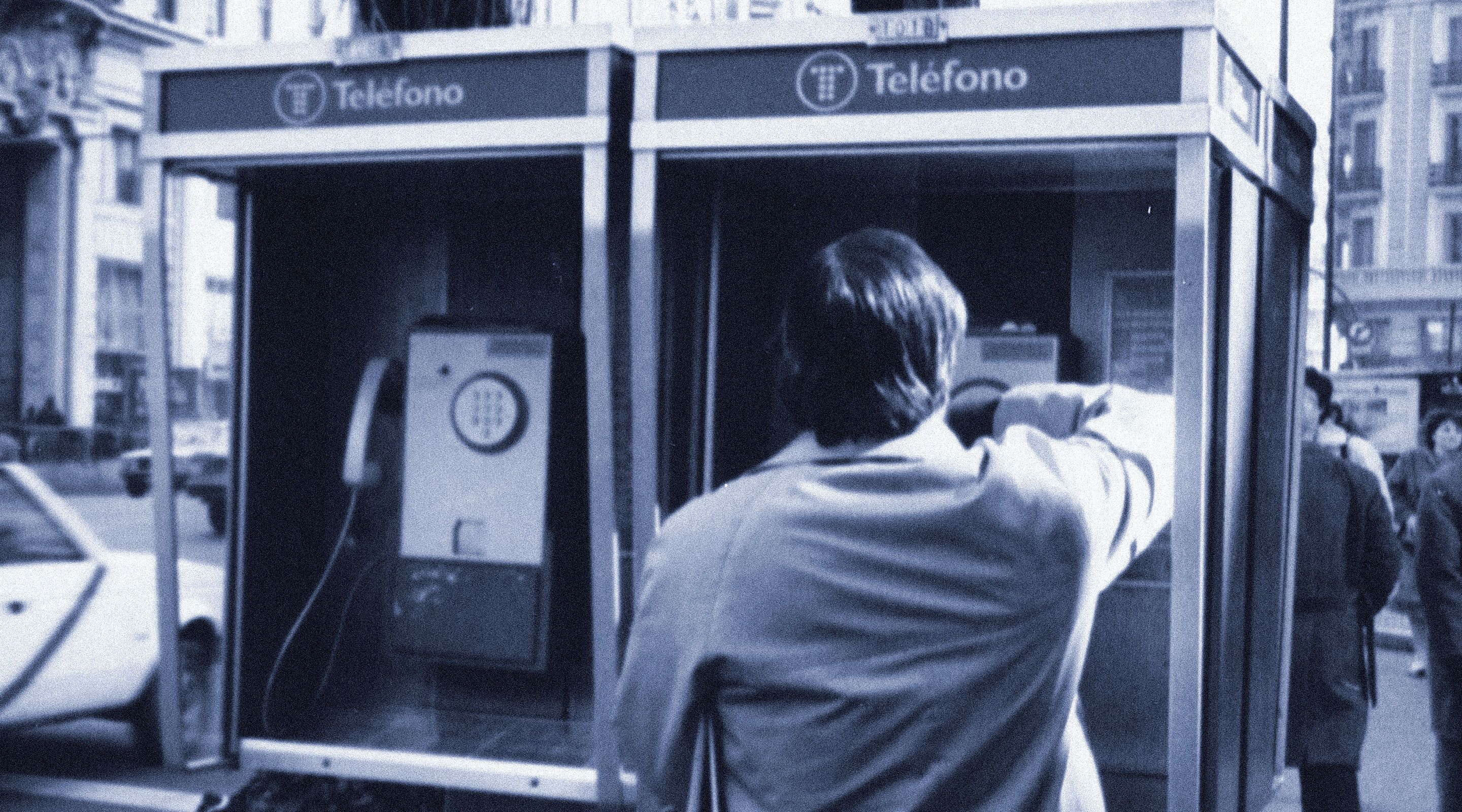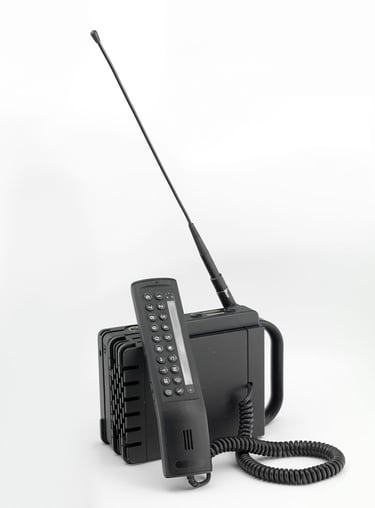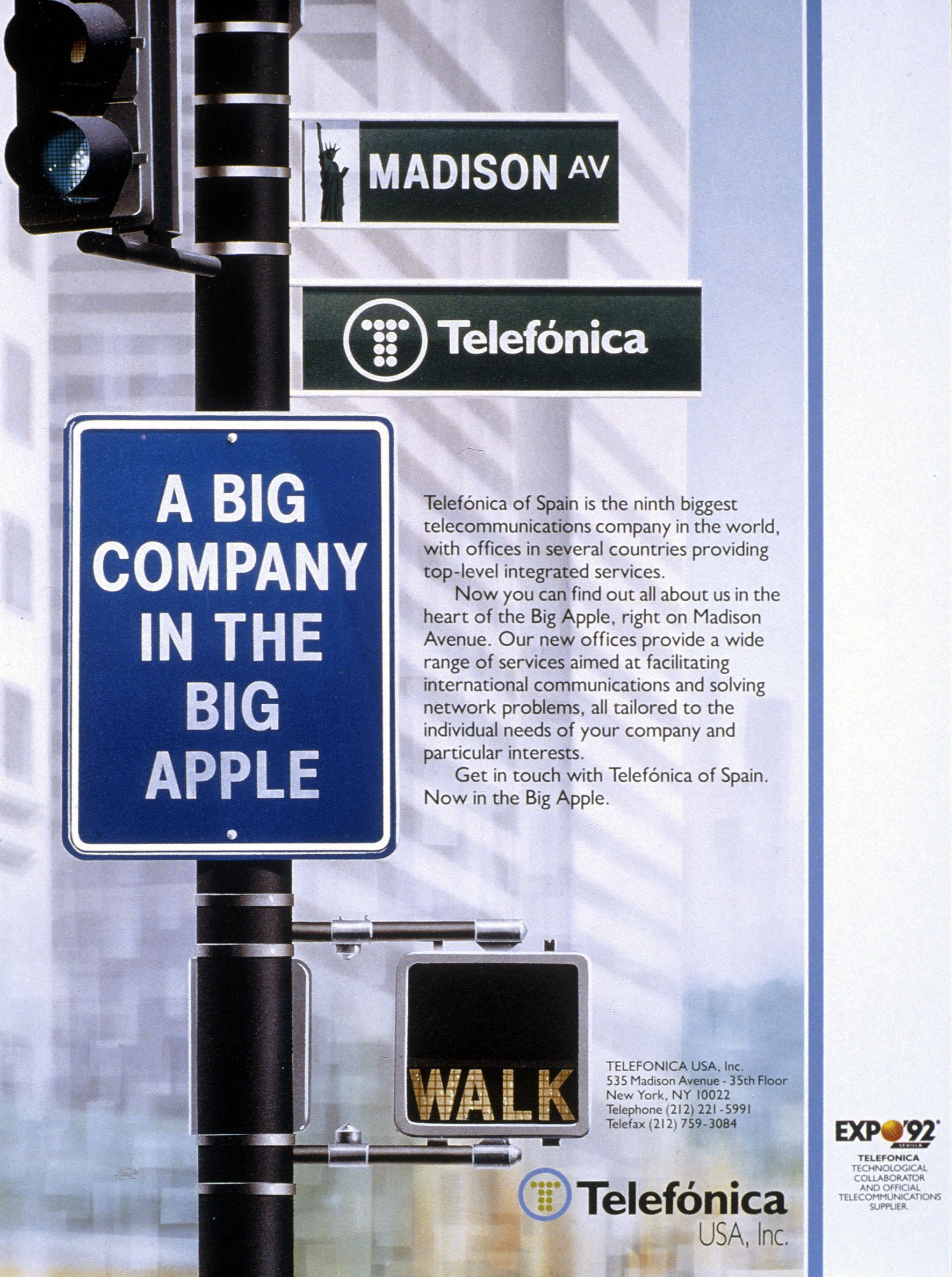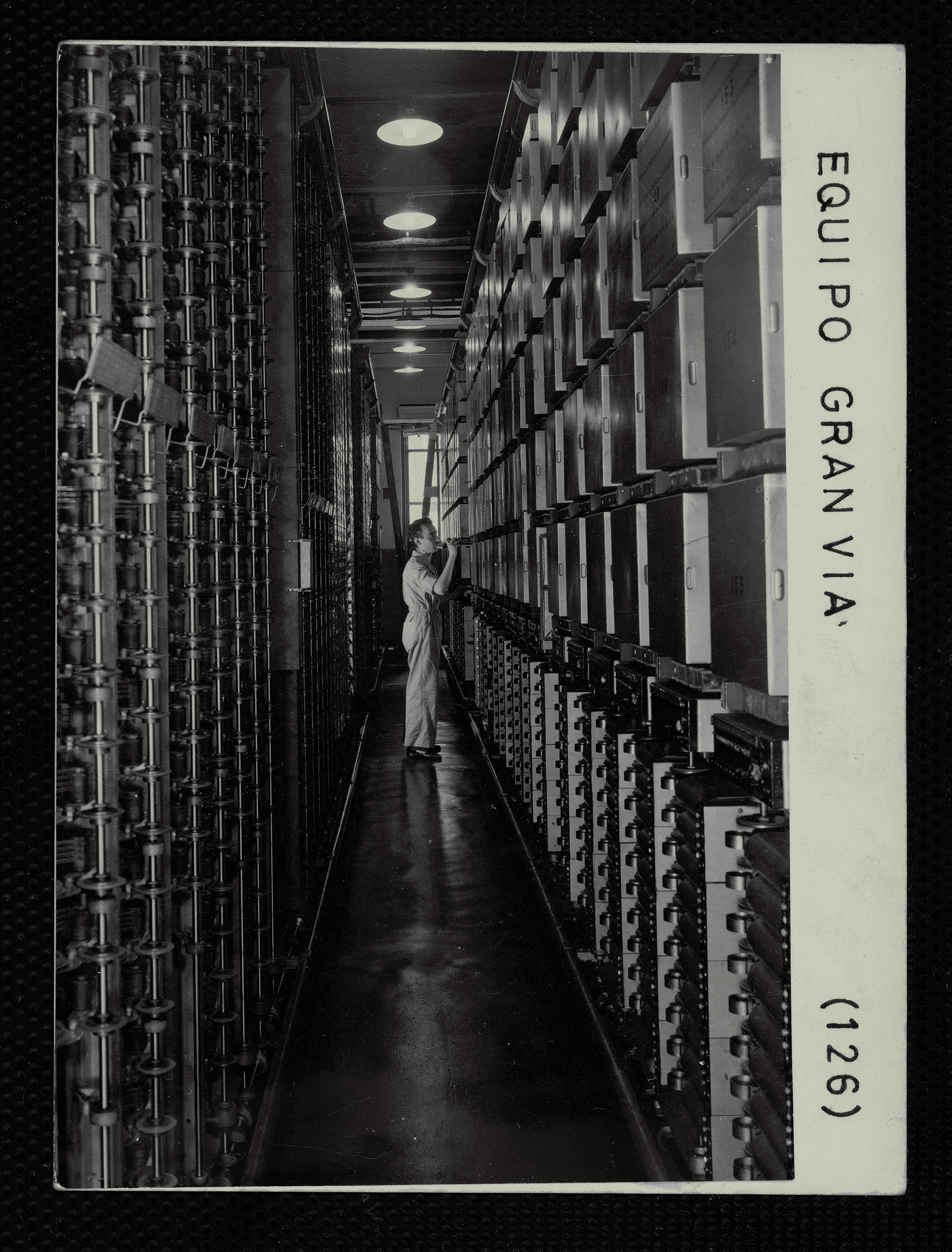
1987

Telefónica disembarks on Wall Street, the first Spanish company to do so. A historic milestone that represents the largest entry of European capital on the New York Stock Exchange to date. Meanwhile, the mobile phone is making its way and we say goodbye to our longest-lived telephone exchange model: the Rotary.
Historic milestone: We are listed on the New York Stock Exchange
01
On 12 June 1987, a historic event takes place, culminating a long-planned operation: 54 million shares are traded in the world's financial mecca: Wall Street. Telefónica is the first Spanish company to do so and also represents the largest European capital inflow on the New York Stock Exchange to date, with a global value of $375 million. The listing on the US stock exchange also implies a strong commitment to transparency and information management, as required by this demanding market.

The beginnings of liberalisation
02
Another of the most important developments in 1987 is the passing of the Spanish Telecommunications Law (Ley de Ordenación de las Telecomunicaciones, LOT). With it, we begin a new phase, in which Telefónica adapted its strategies and management to the new environment of liberalisation and competition established by law. And Telefónica welcomes this, not as a threat, but as an opportunity to access new competing businesses. Among other things, the Act opened the process that would lead to a new contract between the State and CTNE the following year. The sense of urgency is reflected in the Telefónica Chairman's letter in this year's Annual Report: "The LOT places Spain and, logically, Telefónica, in a line of dynamic change that the whole modern world is accepting. The air of competition, which will increase in the EEC from 1992 onwards, will be a real blow for those companies that are not prepared for these dates. The most immediate change this year is the liberalisation process for the sale of telephone equipment. At the end of this year we launch a new marketing plan, which included, in addition to the classic figure of renting the main telephone, the option of pure sale of the handset and complementary equipment without further obligations, and also established the PCT (Point of Connection to the Network), which differentiated the public network from the network inside the subscriber's home.
Green Paper anticipates the end of monopolies
03
The new Telecommunications Law is not oblivious to the changes occurring at the European level. One year earlier, in 1986, Spain joined the European Economic Community (the current European Union) and, therefore, had to adapt its internal regulations to EU regulations and directives. In June 1987, the Commission of the European Communities published the famous Green Paper for the establishment of a Common Telecommunications Market, which anticipated the need to end monopolies and gradually open up the sector to liberalisation, starting with subscriber terminals, which until then were approved and provided by the telephone operator.
GSM goes live in Europe
04
In 1987, the basic GSM (Global System for Mobile Communications) standard and a directive to reserve the frequencies to be used were created. Thirteen countries, including Spain, sign an agreement committing to use GSM in their new networks with a pre-agreement to start operation in 1991. GSM would thus be the second generation of mobile telephony, 2G, and the first digital one. Previous work had begun five years earlier, in 1982, with the creation at European level of the Group Special Mobile (GSM), which Telefónica supported from the outset. In 1985, the European Commission goes a step further by stipulating that the standard developed by the GSM Group should be adopted in all EEC countries, a decision that was signed in 1987.
Rotary's Gran Vía exchange retires
05
In 1987, after six decades of service, the Rotary head office, located at the Company's headquarters at Gran Vía 28, retires. A new, efficient 1240 digital exchange replaces it in order to be able to extend the service faster and with higher quality. The three shifts and dozens of operators and mechanics were reduced to just seven people needed to man the new fully software-controlled exchange, a key facility for achieving full automation of the national telephone service.

Do you have doubts about what happened?
Ask Aura